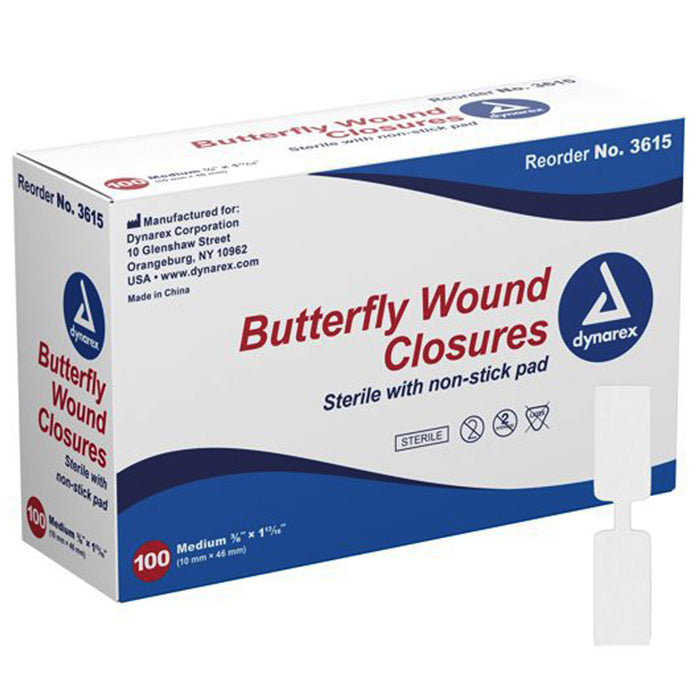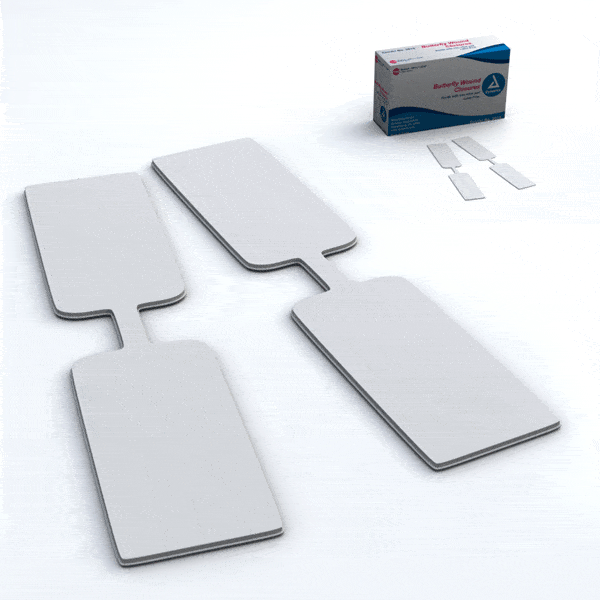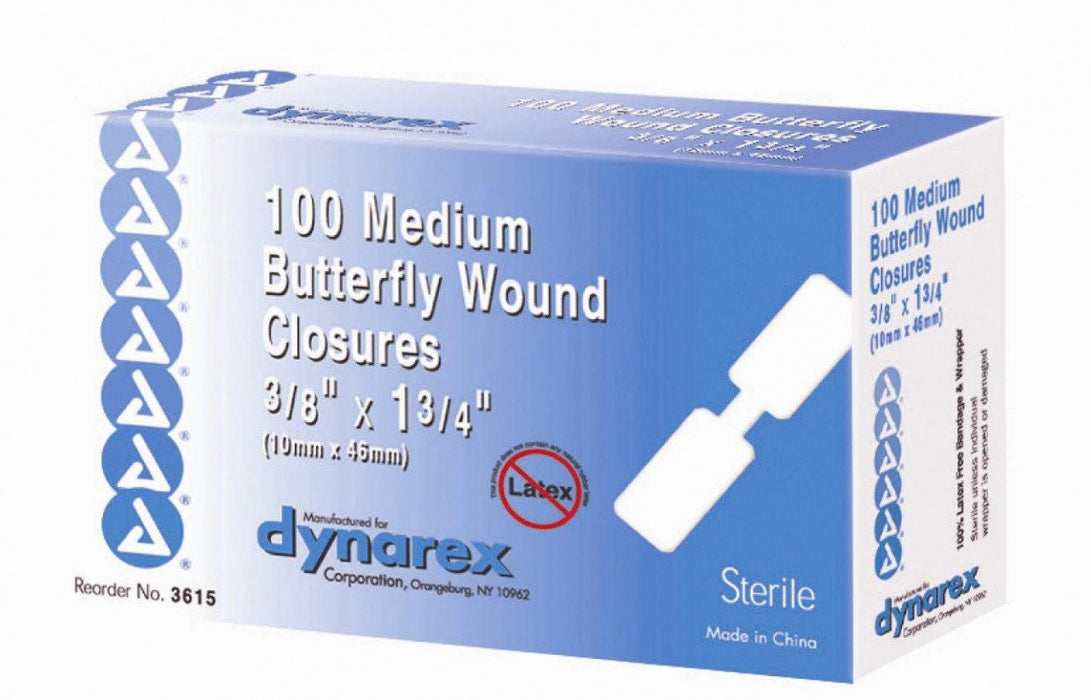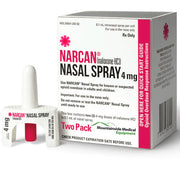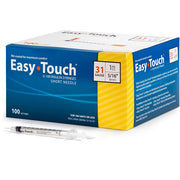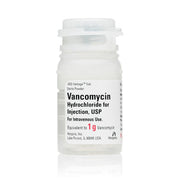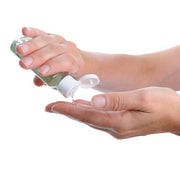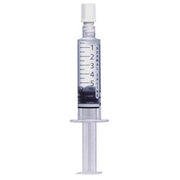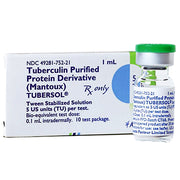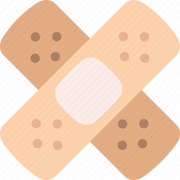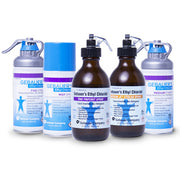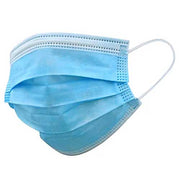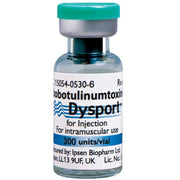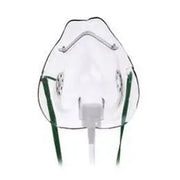Butterfly Wound Closure Strips by Dynarex
Butterfly wound closure strips, also known as butterfly bandages or butterfly band-aids, are small adhesive strips used to close small cuts, incisions, or wounds without the need for stitches or staples. They are butterfly-shaped, with narrow ends and a wider middle, and are designed to pull the skin on either side of the wound together, holding it closed while it heals. These strips are typically made of adhesive material, such as paper, plastic, or fabric, and often have a small pad in the middle to absorb any blood or moisture. They are a popular alternative to stitches for small wounds, and can also be used to reinforce surgical incisions or stitches. Butterfly wound closure strips are commonly found in first aid kits and are easy to apply and remove.
Butterfly wound closure strips, also known as butterfly bandages or Steri-strips, are adhesive bandages used to close small cuts or "butterfly" shaped tears in the skin. They are designed to pull the edges of the wound together and hold them in place, helping the wound to heal and reducing scarring.
Directions on how to use Butterfly Wound Closure Strips:
1. Clean the Wound: Before using butterfly closure strips, it is important to clean the wound thoroughly with soap and water. This will help prevent infection.
2. Prepare the Skin: Make sure the skin around the wound is clean and dry. Remove any hair around the wound area, as hair can interfere with the adhesive of the closure strips.
3. Apply the Strips: Gently pull the edges of the wound together, making sure there is no bleeding. Then, starting from one end of the wound, place the first strip over the wound, pressing it down firmly on one side. Use your fingers to press the strip down on the skin, following the line of the wound until it is securely in place. Repeat this process on the other side of the wound, making sure the strips are parallel to each other and about 1/8 of an inch apart. This will ensure that the wound edges are held together effectively.
4. Secure the Ends: If the end of the wound is particularly wide or long, you can use an additional strip to secure it. Place the strip over the ends of the previously applied ones, making sure all the strips are lying flat against the skin.
5. Protect the Wound: Once the wound closure strips are in place, you can cover the wound with a sterile gauze or bandage to prevent dirt and bacteria from entering the wound. Change the dressing regularly, following the instructions given by your healthcare provider or the package.
Butterfly wound closure strips are not meant to be used on deep or gaping wounds, as these require medical attention and stitches. They are best used for superficial cuts, sutures removal wounds, or for holding the edges of a wound together until medical help is available.
It is important to keep an eye on the wound for any signs of infection, such as redness, swelling, or discharge. If the wound does not heal or if it gets worse, seek medical help immediately.

